Peroxidases represent enzymes which break down hydrogen peroxide or organic peroxides in every organism. Peroxides are strong cell toxins that are produced in numerous biochemical oxidation reactions. This makes the peroxidases one of the most important antioxidants.
What are peroxidases?
Peroxidases are enzymes that in most cases break down the toxic hydrogen peroxide. These enzymes also reduce organic peroxides.
In these reactions, the corresponding peroxide receives two electrons and two protons in partial steps. This means that there is a transfer of hydrogen atoms. The bond between the two oxygen atoms of the peroxide is broken. The peroxidases include catalase, cytochrome c peroxidase, thyroid peroxidase and glutathione peroxidase. The hydrogen atoms come from so-called hydrogen donors. Hydrogen peroxide or organic peroxides are the substrates. Catalase is a special case.
In the case of catalase as peroxidase, a second hydrogen peroxide molecule acts as a hydrogen donor. So it transfers hydrogen atoms. Two molecules of hydrogen peroxide are made into two molecules of water and one oxygen molecule. With the help of hydrogen peroxide, cytochrome c peroxidase oxidizes, for example, the ferroform of cytochrome C. With the help of thyroid peroxidase, an iodide ion is reduced in the presence of hydrogen peroxide, which is immediately converted with the amino acid tyrosine to form the thyroid hormones.
Glutathione peroxidase is an important peroxidase. This catalyzes the oxidation of glutathione by hydrogen peroxide with the formation of water. This makes it one of the most important antioxidants in the body.
Function, effect & tasks
The most important task of peroxidases is to break down toxic hydrogen peroxide and organic peroxides in the organism. Peroxides are very aggressive substances that can very easily oxidize the body's own biomolecules.
In many oxidative metabolic processes, they often arise as metabolites. When the peroxides break down, hydrogen peroxide is usually released, which attacks other endogenous substances. Free radicals are also always formed as intermediate products in the conversion of peroxides. In order to limit the effect of the free radicals, the peroxides must therefore also be broken down. The enzyme catalase is responsible for the direct breakdown of hydrogen peroxide in water and oxygen. Glutathione peroxidase oxidizes glutathione sulfide and at the same time reduces hydrogen peroxide to water. Glutathione is a tripeptide made from glutamic acid, cysteine and glycine.
In the liver as an antioxidant, it is the most important active ingredient in detoxifying the body. It is oxidized in the process. If it is applied to the point of exhaustion, acute liver failure can occur because the detoxification reactions that are always necessary no longer take place. As a result, the enzyme glutathione peroxidase is extremely important as a component of the cellular defense against oxidative stress. A deficiency in this enzyme can lead to arteriosclerosis, tumors and neurodegenerative diseases.
Thyroid peroxidase, in turn, builds iodine into the thyroid hormones through the oxidation of iodide. Here, too, hydrogen atoms are transferred from tyrosine to hydrogen peroxide during the oxidation of the iodide ion. The thyroid hormones and water are formed in the process.
Education, occurrence, properties & optimal values
The peroxidases are mainly located in the peroxisomes of the cell. Peroxisomes are membrane-sealed cell organelles in which the aggressive peroxides are broken down. These reactions must take place separately from the rest of the cell area because they can be dangerous for the rest of the cell. The peroxisomes contain peroxidases, which there break down hydrogen peroxide and other peroxides undisturbed by the cytoplasm of the cell.
The number and size of peroxisomes and their protein content depend on the cell type. The more detoxification reactions that have to take place, the greater the number and volume of vesicles. The peroxisomes contain about 60 oxidases and monooxygenases, which catalyze the breakdown of fatty acids and other substances with the inclusion of oxygen. Peroxides are formed as particularly reactive intermediate products, which must therefore be broken down with the help of the peroxidases.
Diseases & Disorders
Hydrogen peroxide as an intermediate product, mainly in the oxidative breakdown of fats, has great effects on the organism. It has an oxidizing effect itself and can damage the body. Therefore, the peroxidases play a very important role, especially with regard to oxidative stress.
As antioxidants, glutathione peroxidases in particular are part of the cellular defense system. Glutathione peroxidases are built up from glutathione. They are dependent on selenium as a cofactor. Glutathione is a tripeptide made up of glutamic acid, cysteine and glycine. Selenium binds to the cysteine in the enzymes, with the selenium cysteine being the reactive center of the enzyme. A malfunction or a lack of glutathione peroxidase can lead to serious health problems. This deficiency is often caused by a selenium deficiency. This limits the function of the enzyme. Especially in some areas of China, where the soil is very poor in selenium, the so-called Keshan syndrome (named after the Keshan district) occurs.
The disease manifests itself in heart problems such as cardiac arrhythmias, heart failure or even cardiogenic shock. The glutathione peroxidases arise from glutathione. This is especially found in the liver and is constantly produced in the body. However, when larger concentrations of peroxides are present, glutathione is very quickly consumed by oxidation. This can happen quickly with physical exercise, emotional stress or infections. An unhealthy lifestyle with a poor diet, environmental toxins, alcohol, cigarette smoke and much more can also lead to a glutathione deficiency.
This deficiency manifests itself in a weakened immune system and an overload of the liver. If the health complaints have not yet become chronic, a change in lifestyle quickly leads to recovery, because glutathione is quickly formed again.

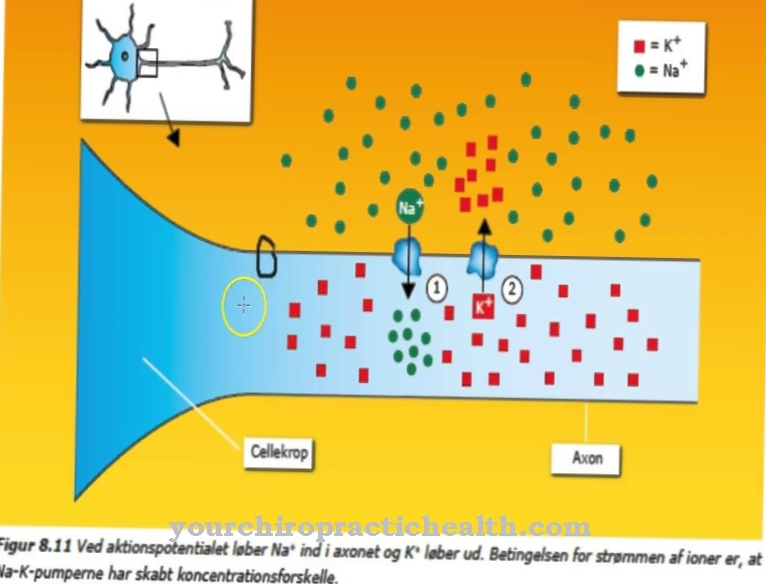
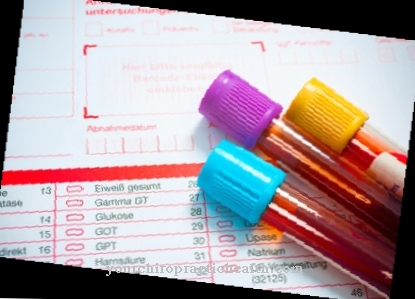

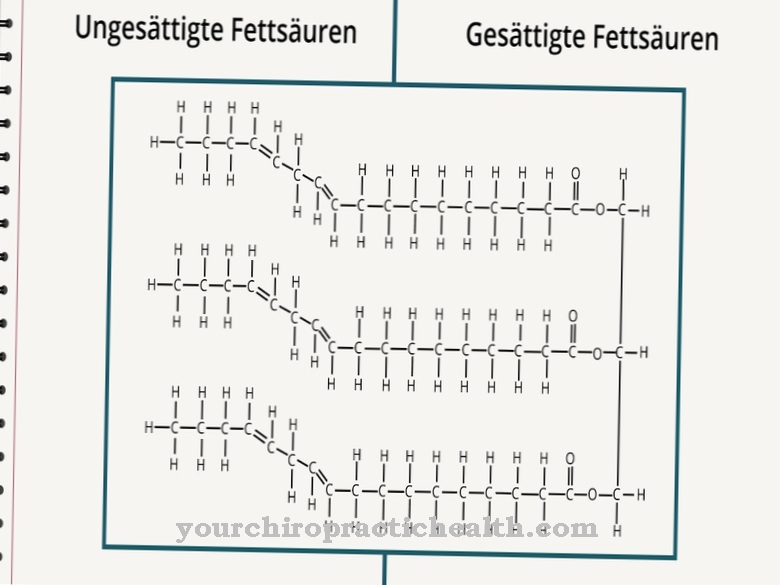
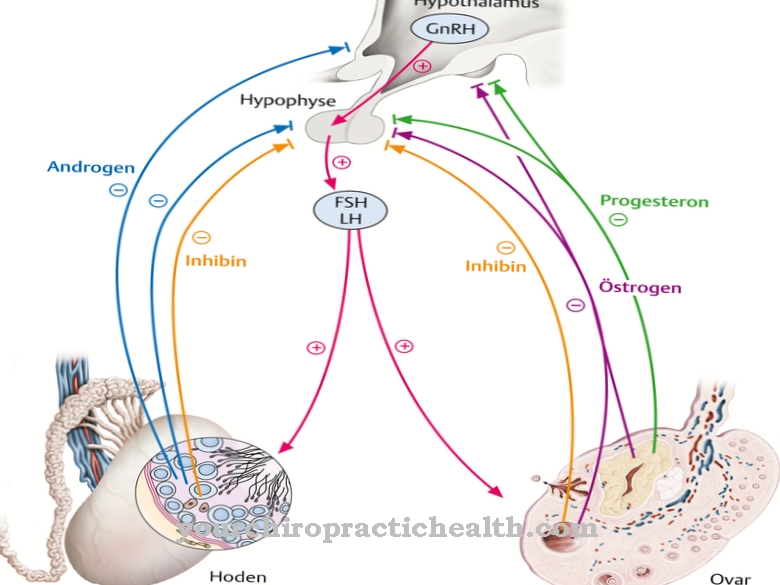
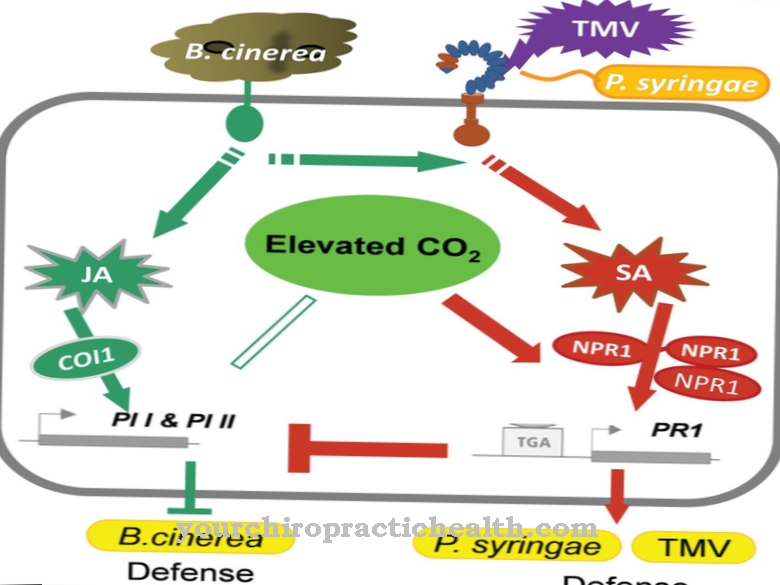


















.jpg)

.jpg)
